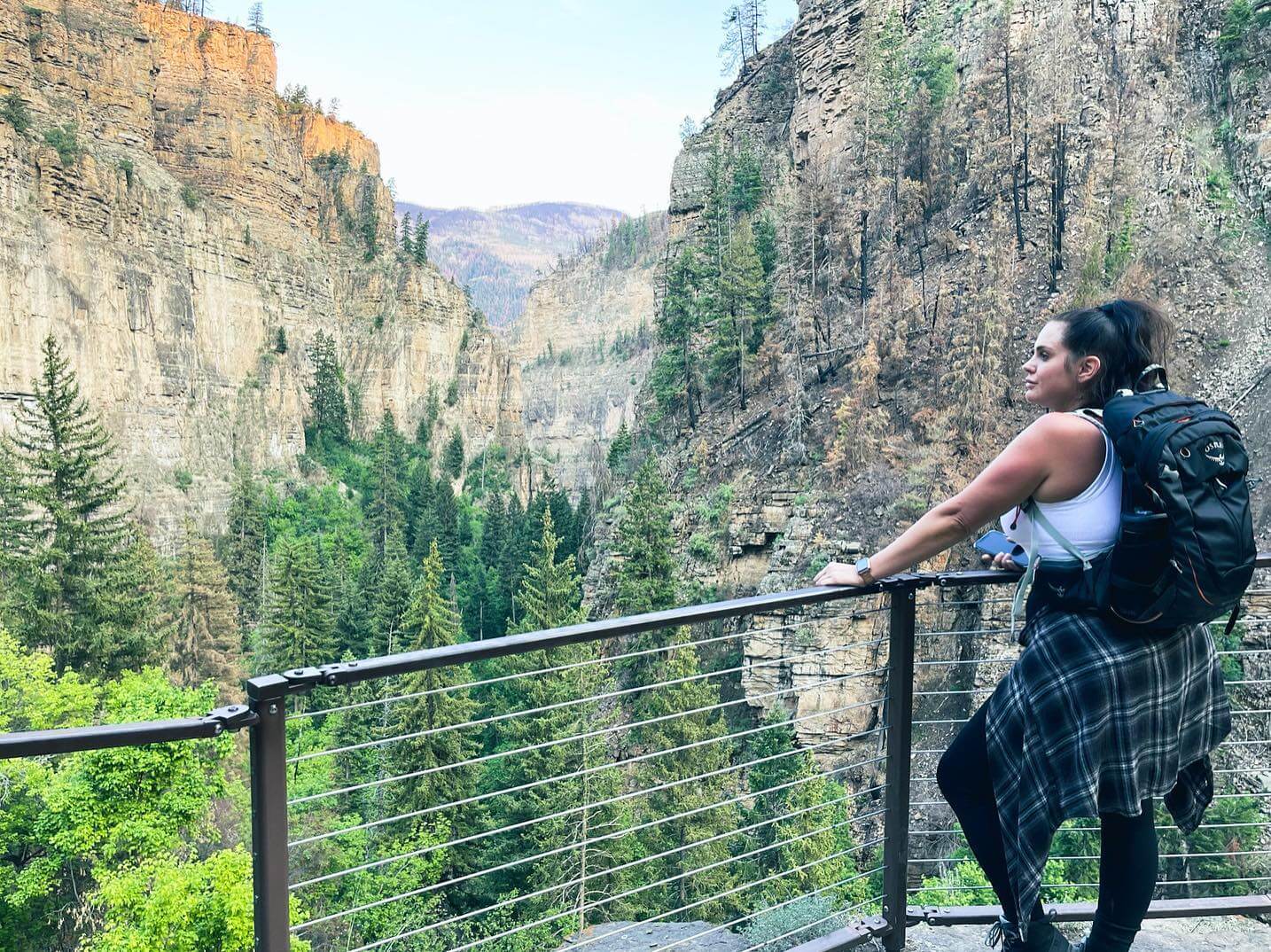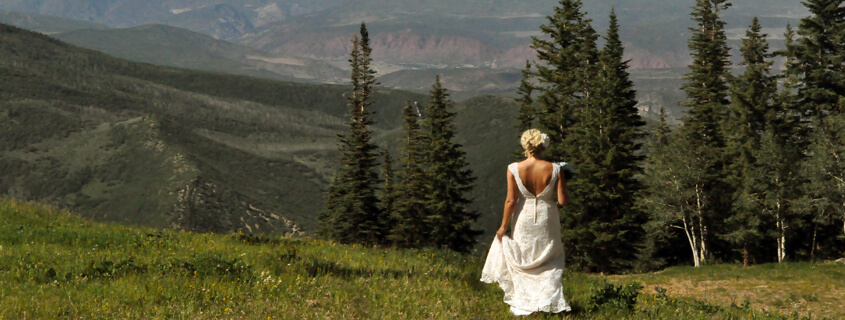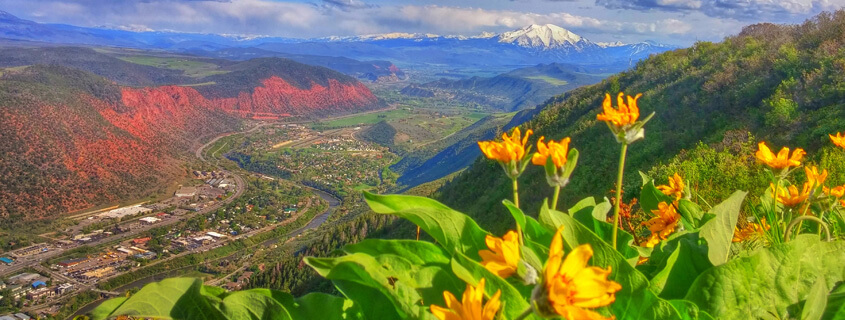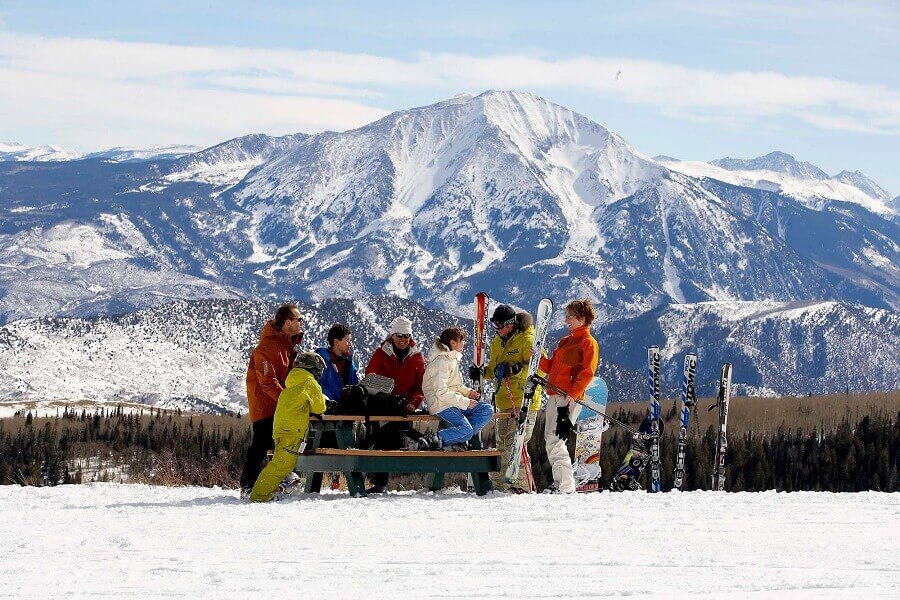Glenwood Springs is a launchpad for amazing Colorado hiking experiences. Whether going in town or farther afield, being prepared for a variety of situations can be the difference between a memorable trek or a trip to the ER.
Hiking is a wonderful way to see nature up close and explore the area around Glenwood Springs, and there’s no better time to engage in this family-friendly activity than right now at the height of summer and wildflower season. However, it doesn’t take much to turn an excursion in the backcountry into a physically challenging or even life-threatening situation.
With several stories in the news about unprepared hikers who needed to be rescued, it’s a good time to review best practices for trips into the backcountry. Being prepared is the key to staying safe and having a good time.
Location, Location
The easiest of all the hiking tips is letting someone not in your group know where you are going to be hiking. Tell them when you plan to leave and return and check in when you’ve arrived back at your Glenwood Springs hotel safe and sound.
Forecast in Flux
It may be sunny in town, but summer storms can move in quickly and severely impact your high-country hike. Stay on top of climatic changes by downloading and using a weather or radar app that shows storms moving across the area in real time, which can help you see what areas will be affected and for how long.
Plan to Get Wet
Even if the forecast promises a zero-percent chance of precipitation, pack a rain jacket with a hood. Weather forecasting may technically be a science, but in the mountains, it’s more of an art form and can change from moment to moment.
Lightning Strikes
Afternoon thunder and lightning storms are a regular occurrence in the Colorado mountains. Getting caught in one can be a truly hair-raising experience. If lightning is getting too close for comfort, turn around and head back down immediately, especially when above tree line. If you are hiking in a group, space yourselves 50 feet apart. Don’t take refuge under a lone tree, opt instead for a low spot below tree line.
Be Best Dressed
Hiking like other sports requires proper clothing. When you hit the trail be sure to wear sturdy shoes. Closed-toed shoes like hiking boots or trail runners are optimal. Long pants can save your legs from scratches if hiking a singletrack trail. Cover your upper half with a moisture-wicking top and wear a hat for sun protection. Long pants and sleeves will also help protect against biting insects.
Eat & Drink
Depending on the length of your day hike, be sure to bring adequate food and water. Good options include high-calorie, nutrient-dense protein bars, PB&J sandwiches, dried nuts and fruit mixes, as well as electrolyte powders that can easily be mixed with water. The rule of thumb for how much water to bring is one liter per person for every two hours of active hiking. If you are hiking with a leashed pet don’t forget to carry water for them as well. Trash your trash, always pack out what you pack in!
Lifesaving Lotion
Yes, we are talking about sunscreen. It is easier to get a skin damaging sunburn on Colorado’s high-altitude hikes than at lower elevations. Even if you are wearing all the right gear, be sure to give any exposed skin such as hands, face and neck a thorough covering of high SPF sunscreen.
No Selfies with the Locals
Remember to respect wildlife. Though most animals steer clear of humans naturally, there’s a chance you could still encounter local wildlife on your hike. If you do cross paths with bear, deer, elk or bighorn sheep, give these magnificent creatures plenty of space to maneuver and leave the area. Take photos from a distance and never get between and mother and her offspring.
Hiking is a wonderful summer activity if you are prepared. Learn more about high country recreation and make plans to visit Glenwood Springs today.
Download the official Glenwood Springs Travel Guide







